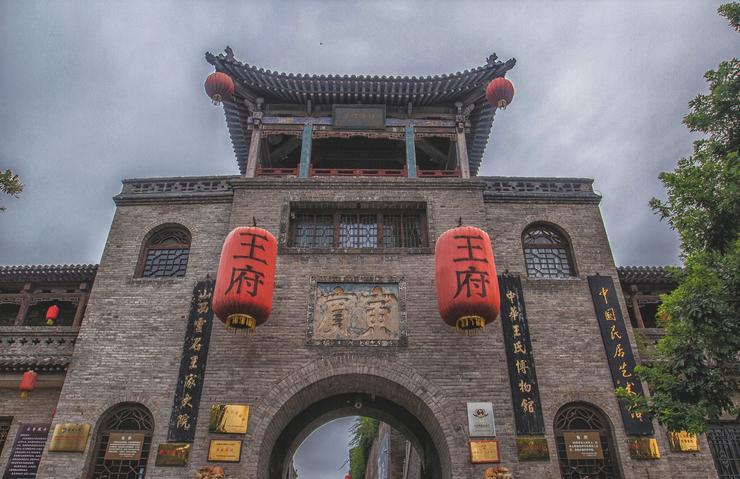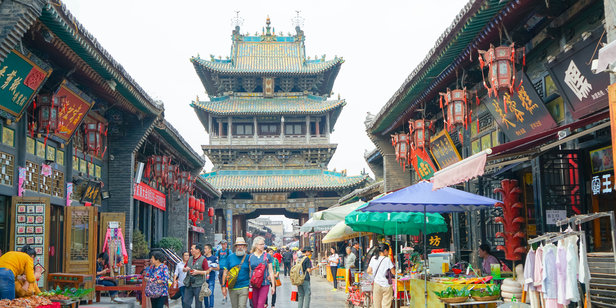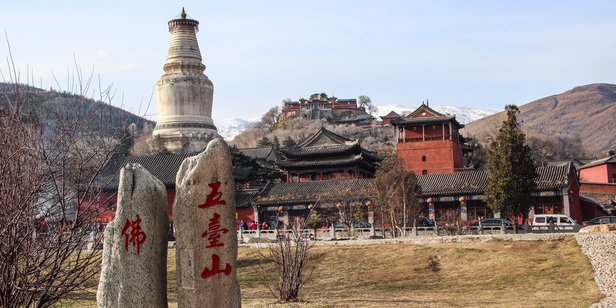Shanxi Wangjia Courtyard
Speaking of Shanxi merchants, when it comes to the courtyard, I think most people think of the movie “Raise the Red Lantern and the drama Qiao Family Courtyard” in the early years. Therefore, the Qiao family of Jin Merchants has become famous both at home and abroad. In Shanxi Province, the Qiao family is not the place where the richest and the richest are located. In the architectural complex of Chinese dwelling houses, there are even fewer in the Jindi area.
As two representative courtyards in Shanxi, Qiaojia is a business complex, and it has the same pattern as Caojia, Changjia, and Chujia. The Wang Family Courtyard is an official home compound and is known as the “Wang Family Returns to the House” and “The Folk Palace”. Perhaps because of the shooting of the “Qiao Family Courtyard”, it may be slightly better in terms of fame. However, the Wang Family Courtyard is the only enclosed castle-style building built in the mountains of the Jinzhong Basin and has the “Forbidden City of Shanxi”. And "China's residential first house" reputation.
Of course, if time permits, you can go for both walks and feel the different atmosphere is also an excellent thing.
About tickets and transportation
Tickets: Full ticket ¥60, half ticket ¥30
Transportation: Take a bus to Jiexiu at Pingyao Bus Station, ¥9, transfer to Wangjia Courtyard Bus, ¥4, if you can rush in time, return ¥50
Wang Family Courtyard Browsing Order
The tour of the Wangjia Courtyard is divided into two parts, with the bridge as the boundary. The first entrance to the scenic spot is the Gaojiaya Building Complex. The two brothers, Wang Wangcong and Wang Zhaocheng of the Jingshengwang 17th King were built in the Jiaqing period. The bridges were just servants. Where the chefs lived, there were also public private schools where some of the children of the Wang family went to school.
The Wangjia Yard focuses on exquisite and long history. It is the first of the residential buildings. Each of his designs is meaningful and stressful. It includes some feng shui and architectural ideas that will give you a new understanding of ancient architecture.
The famous "Three Carvings" of the Wang Family Courtyard
The “Three Carvings” of the Wang’s Grand Courtyard: Brick, wood and stone carvings are an important part of the overall architectural art and one of the most representative features of the Wang’s Courtyard. The so-called "architecture must have plans, plans must have intentions, intentions must be auspicious", it is the true portrayal of the carving art of the Wang Family Courtyard.
The model of architectural decoration in the Wangjia Courtyard is mainly reflected in the shape and configuration of the “three-carving” art. Their wide application can be seen everywhere, everywhere; the fine carving, vivid image, vivid, pieces are top quality. Its brick-carved art uses high-relief, open-carving, and cut-convex sculptures.
The low-key and diligent reading of family training in Wang’s courtyard is profoundly rich in culture. This rule in the Wang's courtyard means that there are more rules, less trouble, and teach younger generations how to behave.
The representative brick and stone carvings in the courtyard are not as smart and intriguing as the Huizhou architecture of the Huizhou merchants, but they are full of the grandness and loftiness unique to the North.
Behind the courtyard, you can see the representative caves in northern Shaanxi
The architectural styles of the Wangjia Courtyard are unique to people. Their general characteristics are: the mountain is in shape, the shape changes, the buildings are stacked, the courtyard is patched, the ground is magnificent, and the functions are complete. It basically inherited from the Western Zhou Dynasty in China. Formed in the courtyard style of the front hall.
At noon, the Wang Family Courtyard was overcrowded. The bustling crowd also added a bit of anger to the formerly declining house.

















